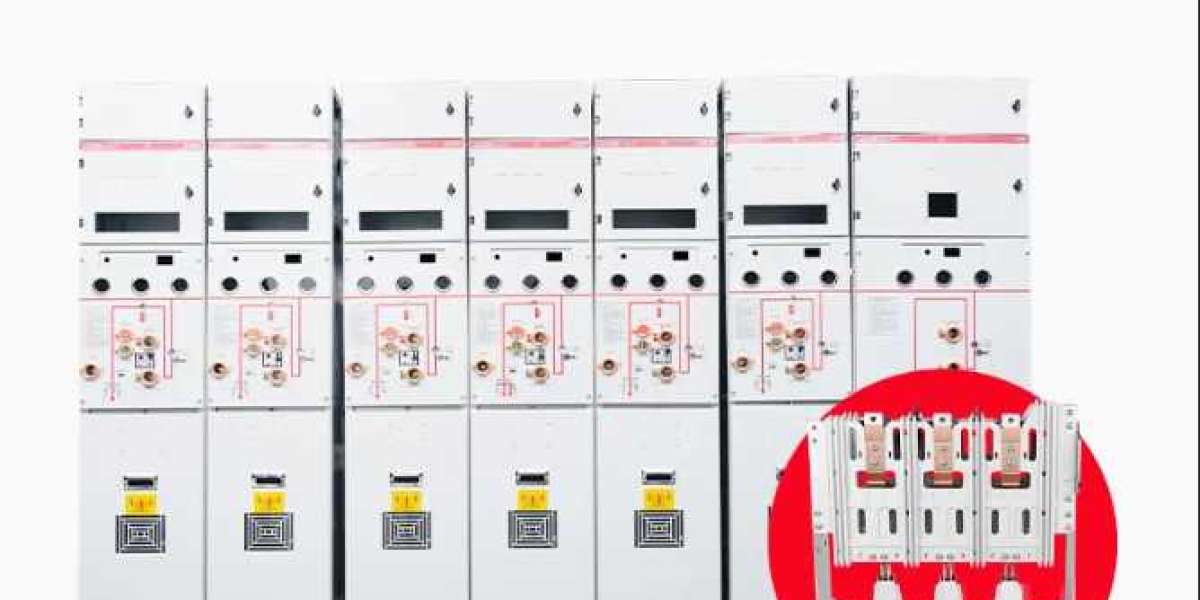Understanding Vacuum Circuit Breakers
A Vacuum Circuit Breaker uses vacuum as the arc extinguishing medium. When a fault occurs, the current-carrying contacts separate within a sealed vacuum chamber. The absence of gas or air prevents arc re-ignition, ensuring rapid and complete current interruption. This design provides long life, low maintenance, and exceptional dielectric strength.
Key Advantages of VCB Technology
Compact and Efficient: The vacuum chamber allows for a smaller footprint compared to traditional air or oil circuit breakers.
Long Service Life: With minimal contact erosion and no gas degradation, VCBs provide stable performance over decades.
Environmentally Friendly: They do not use SF₆ gas, aligning with modern sustainability goals.
Enhanced Safety: The sealed design eliminates fire or explosion risks associated with gas-filled systems.
Applications in Modern Substations
VCBs are essential in medium and high-voltage substations where operational reliability is non-negotiable. They are used in:
Utility Power Distribution Networks
Industrial Plants and Manufacturing Facilities
Renewable Energy Integration Systems
Smart Grid Infrastructure
Degatech Electric Co. Ltd designs and supplies high-quality vacuum circuit breakers for substations and industrial power systems. Each unit undergoes stringent testing to ensure exceptional endurance, insulation reliability, and fault-handling capability.
Conclusion
As global power demands grow, utilities are turning to VCB technology for dependable and efficient protection. With innovative engineering and a focus on safety, Degatech Electric Co. Ltd continues to deliver switchgear solutions that meet the needs of tomorrow’s power infrastructure.







